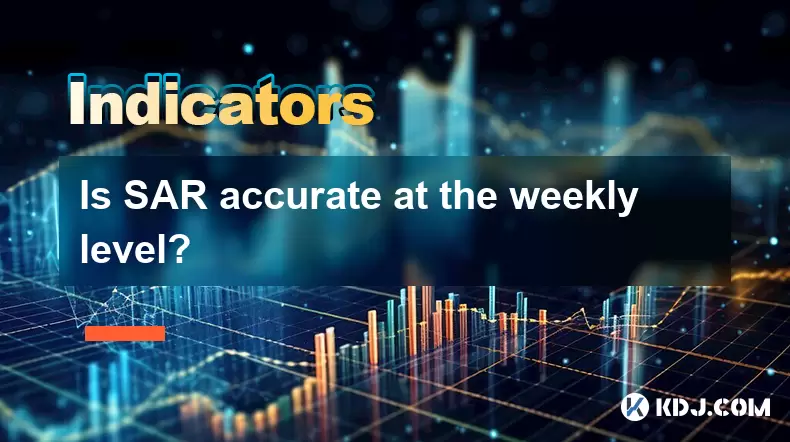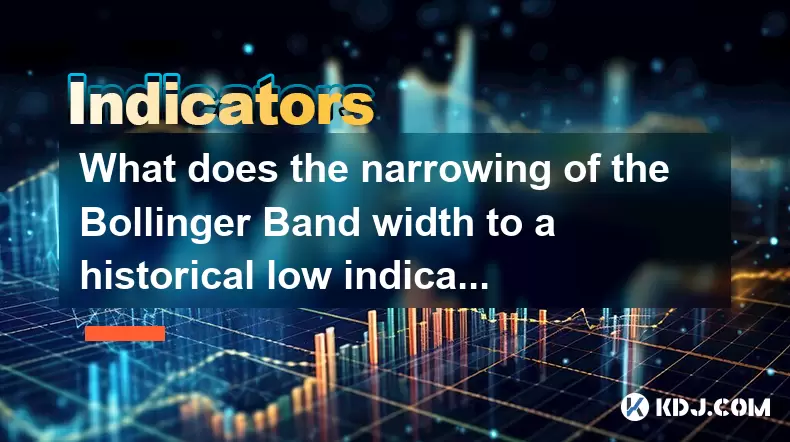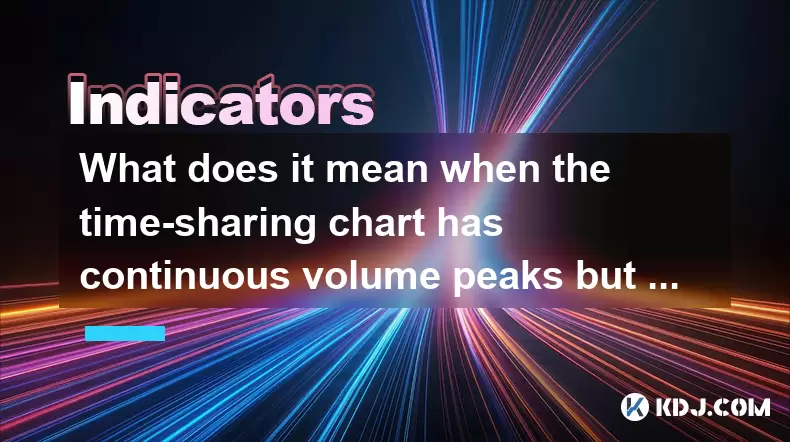-
 Bitcoin
Bitcoin $103,838.1703
5.33% -
 Ethereum
Ethereum $2,364.7328
10.94% -
 Tether USDt
Tether USDt $1.0007
0.03% -
 XRP
XRP $2.0950
9.02% -
 BNB
BNB $634.7170
5.25% -
 Solana
Solana $142.0264
11.70% -
 USDC
USDC $1.0000
0.00% -
 TRON
TRON $0.2728
5.18% -
 Dogecoin
Dogecoin $0.1598
10.80% -
 Cardano
Cardano $0.5655
9.94% -
 Hyperliquid
Hyperliquid $37.8554
11.16% -
 Sui
Sui $2.7196
17.77% -
 Bitcoin Cash
Bitcoin Cash $458.7795
4.67% -
 Chainlink
Chainlink $12.4271
12.53% -
 UNUS SED LEO
UNUS SED LEO $9.0769
0.74% -
 Avalanche
Avalanche $17.7117
12.43% -
 Stellar
Stellar $0.2392
9.83% -
 Toncoin
Toncoin $2.8765
9.58% -
 Shiba Inu
Shiba Inu $0.0...01131
11.69% -
 Litecoin
Litecoin $84.0378
9.79% -
 Hedera
Hedera $0.1456
14.65% -
 Monero
Monero $305.0298
5.16% -
 Ethena USDe
Ethena USDe $1.0006
0.03% -
 Dai
Dai $1.0001
0.02% -
 Polkadot
Polkadot $3.3522
10.31% -
 Bitget Token
Bitget Token $4.0785
3.25% -
 Uniswap
Uniswap $6.7682
13.08% -
 Pepe
Pepe $0.0...09557
13.29% -
 Pi
Pi $0.5253
9.79% -
 Aave
Aave $250.5247
16.65%
Is SAR accurate at the weekly level?
The accuracy of the SAR indicator on weekly crypto charts is debated, but it's often more reliable due to reduced noise, though market volatility can still affect its signals.
May 22, 2025 at 01:43 pm

The question of whether the SAR (Stop and Reverse) indicator is accurate at the weekly level is a pertinent one within the cryptocurrency trading community. SAR, also known as the Parabolic SAR, is a popular technical analysis tool used to determine potential reversals in the price direction of an asset. Its accuracy at different time frames, including the weekly level, is often debated among traders. Let's delve into this topic to understand how well SAR performs on a weekly basis in the context of cryptocurrency trading.
Understanding the Parabolic SAR
Before we discuss the accuracy of the SAR at the weekly level, it's essential to understand what the Parabolic SAR is and how it functions. The Parabolic SAR is a momentum indicator that uses a trailing stop and reverse method to determine potential entry and exit points in a market. It appears as a series of dots placed either above or below the price chart, depending on the direction of the trend. When the dots are below the price, it suggests an uptrend, and when they are above the price, it indicates a downtrend. The indicator adjusts its position based on the asset's price movement, becoming more sensitive as the trend progresses.
SAR's Application in Weekly Charts
Applying the Parabolic SAR to weekly charts involves a different set of considerations compared to shorter time frames. Weekly charts provide a broader view of market trends, reducing the noise and false signals that are more common in daily or hourly charts. The SAR's primary function on a weekly chart is to help traders identify long-term trends and potential reversal points. Given the longer time frame, the signals generated by the SAR on weekly charts are considered more significant and are often used for longer-term trading strategies.
Accuracy of SAR on Weekly Charts
The accuracy of the SAR indicator on weekly charts can be influenced by several factors, including market volatility, the specific cryptocurrency being analyzed, and the settings used for the indicator. Generally, the SAR is considered more reliable on longer time frames like weekly charts because it filters out short-term fluctuations and focuses on the overarching trend. However, no indicator is perfect, and the SAR is no exception. Its accuracy can vary depending on the market conditions and the asset's behavior.
Factors Affecting SAR's Accuracy
Several factors can affect the accuracy of the SAR indicator on weekly charts. Market volatility is a significant factor; in highly volatile markets, the SAR may generate more false signals. Cryptocurrency-specific factors, such as news events or regulatory changes, can also impact the indicator's performance. Additionally, the settings used for the SAR, such as the acceleration factor and the maximum step, can influence its sensitivity and, consequently, its accuracy. Traders often need to adjust these settings to optimize the indicator's performance for different assets and market conditions.
Practical Examples of SAR on Weekly Charts
To better understand the SAR's accuracy on weekly charts, let's consider some practical examples. Suppose we are analyzing the weekly chart of Bitcoin (BTC). If the SAR dots are consistently below the price for several weeks, it suggests a strong uptrend. Conversely, if the dots move above the price, it indicates a potential downtrend or reversal. Traders might use these signals to enter or exit positions. For instance, a trader might buy Bitcoin when the SAR dots move below the price after being above it for a while, signaling a potential uptrend.
Another example could involve Ethereum (ETH). If the weekly chart shows the SAR dots flipping from above to below the price, a trader might interpret this as a buying opportunity, anticipating a continuation of the uptrend. However, if the market is highly volatile, the SAR might generate false signals, leading to potential losses if not managed properly.
Combining SAR with Other Indicators
To enhance the accuracy of the SAR on weekly charts, many traders combine it with other technical indicators. For example, using the Moving Average Convergence Divergence (MACD) alongside the SAR can provide additional confirmation of trend direction and strength. If the SAR indicates an uptrend and the MACD shows a bullish crossover, the signal might be considered more reliable. Similarly, combining the SAR with Relative Strength Index (RSI) can help identify overbought or oversold conditions, further refining entry and exit points.
Adjusting SAR Settings for Weekly Charts
Adjusting the settings of the SAR for weekly charts is crucial for optimizing its accuracy. The default settings for the SAR include an acceleration factor of 0.02 and a maximum step of 0.2. However, these settings might not be optimal for all cryptocurrencies or market conditions. For instance, in a less volatile market, a lower acceleration factor might be more suitable to avoid premature signals. Conversely, in a highly volatile market, a higher acceleration factor could help capture more significant trends. Traders should experiment with different settings to find what works best for their specific trading strategy and the cryptocurrency they are analyzing.
Real-World Trading Strategies Using SAR on Weekly Charts
Incorporating the SAR into weekly trading strategies can provide valuable insights for cryptocurrency traders. One common strategy is to use the SAR to identify long-term trends and then enter positions when the SAR indicates a reversal. For example, a trader might wait for the SAR dots to flip from above to below the price on a weekly chart of Bitcoin, signaling a potential uptrend. They would then enter a long position and use the SAR as a trailing stop to manage risk.
Another strategy involves using the SAR in conjunction with other indicators to confirm signals. For instance, if the SAR indicates a potential uptrend and the Bollinger Bands show the price moving above the upper band, it might suggest a strong bullish trend. Traders could use this combination to enter positions with more confidence.
Case Studies: SAR on Weekly Charts in Cryptocurrency Trading
Let's look at some case studies to illustrate the use of the SAR on weekly charts in cryptocurrency trading. Consider a scenario where a trader is analyzing the weekly chart of Litecoin (LTC). The SAR dots have been consistently above the price for several weeks, indicating a downtrend. Suddenly, the dots flip below the price, suggesting a potential reversal. The trader enters a long position, using the SAR as a trailing stop. Over the next few weeks, the price of Litecoin rises, validating the SAR signal.
In another case, a trader is monitoring the weekly chart of Ripple (XRP). The SAR dots are below the price, indicating an uptrend. However, the market becomes highly volatile due to regulatory news. The SAR generates a false signal, flipping above the price prematurely. The trader, aware of the market conditions, waits for additional confirmation from other indicators before making a trading decision.
Frequently Asked Questions
Q: Can the SAR be used effectively on shorter time frames like daily or hourly charts?
A: Yes, the SAR can be used on shorter time frames, but its accuracy may be affected by increased market noise and volatility. Traders often find it more reliable on longer time frames like weekly charts, where it can better filter out short-term fluctuations.
Q: How can I adjust the SAR settings for different cryptocurrencies?
A: Adjusting the SAR settings involves changing the acceleration factor and the maximum step. For less volatile cryptocurrencies, a lower acceleration factor might be more suitable, while highly volatile assets may require a higher acceleration factor. Experimentation and backtesting are key to finding the optimal settings for each cryptocurrency.
Q: Are there any specific cryptocurrencies where the SAR performs better on weekly charts?
A: The performance of the SAR on weekly charts can vary across different cryptocurrencies. Generally, it tends to work better on more liquid and less volatile assets like Bitcoin and Ethereum. However, traders should always backtest and validate the indicator's performance on the specific cryptocurrency they are trading.
Q: Can the SAR be used as a standalone indicator on weekly charts?
A: While the SAR can provide valuable insights on weekly charts, it is generally more effective when used in conjunction with other indicators. Combining the SAR with tools like MACD, RSI, or Bollinger Bands can help confirm signals and improve overall trading accuracy.
Disclaimer:info@kdj.com
The information provided is not trading advice. kdj.com does not assume any responsibility for any investments made based on the information provided in this article. Cryptocurrencies are highly volatile and it is highly recommended that you invest with caution after thorough research!
If you believe that the content used on this website infringes your copyright, please contact us immediately (info@kdj.com) and we will delete it promptly.
- Bitcoin Scaling Showdown: Lightning Network, Sztorc, and the Future of Payments
- 2025-06-24 04:25:12
- Cathie Wood, ARK Invest, and Circle Shares: A Wild Ride on the Stablecoin Wave
- 2025-06-24 04:25:12
- Download 2025: Live Review Through Martha's Lens
- 2025-06-24 04:32:10
- Turtle Club Joins Kaito Leaderboard: A New Era for Ecosystem Push
- 2025-06-24 04:35:12
- Crypto Penny Coins: Hunting for Monster Gains in 2025
- 2025-06-24 02:45:12
- Ethereum Whale Dips Into Crashing ETH: Smart Move?
- 2025-06-24 02:25:12
Related knowledge

How to interpret that the time-sharing chart shows "volume and price rise together" but the MACD red column shortens?
Jun 24,2025 at 01:08am
Understanding the Concept of 'Volume and Price Rise Together'In cryptocurrency trading, when a time-sharing chart shows that both volume and price rise together, it is typically interpreted as a sign of strong buying pressure. This means more traders are entering long positions, pushing the price higher while increasing the trading volume. This phenomen...

Is it contradictory that the moving average system is arranged in a bullish pattern but the DMI shows a decline in trend strength?
Jun 23,2025 at 11:43pm
Understanding the Moving Average and DMI RelationshipIn cryptocurrency trading, technical analysis plays a crucial role in identifying potential trends and making informed decisions. Two of the most commonly used indicators are the Moving Average (MA) and the Directional Movement Index (DMI). While both tools aim to provide insight into market direction...

How to interpret that the Williams indicator quickly turns back in the overbought area but does not fall below the 50-axis?
Jun 24,2025 at 02:01am
Understanding the Williams %R Indicator in Cryptocurrency TradingThe Williams %R indicator, often referred to as Williams Percent Range, is a momentum oscillator used by traders to identify overbought or oversold conditions in financial markets, including cryptocurrency. It ranges from 0 to -100, where values above -20 are considered overbought and thos...

What is the significance of the gap formed by the gap opening not being filled within five days?
Jun 23,2025 at 09:42pm
Understanding Gaps in Cryptocurrency TradingIn the world of cryptocurrency trading, a gap refers to a situation where the price of an asset jumps from one level to another without any trading activity occurring between those two levels. This often happens over weekends or holidays when the market is closed, and significant news or events occur that impa...

What does the narrowing of the Bollinger Band width to a historical low indicate?
Jun 24,2025 at 02:35am
Understanding Bollinger Bands and Their Role in Technical AnalysisBollinger Bands, developed by John Bollinger in the 1980s, are a popular technical analysis tool used to measure market volatility. They consist of three lines: a simple moving average (SMA) in the center, typically over a 20-period setting, and two outer bands that are set at a standard ...

What does it mean when the time-sharing chart has continuous volume peaks but the price fluctuation is not large?
Jun 24,2025 at 03:49am
Understanding the Time-Sharing Chart in Cryptocurrency TradingIn cryptocurrency trading, time-sharing charts are crucial tools that help traders monitor real-time price movements and volume activity. These charts display data within specific time intervals—such as 1-minute, 5-minute, or 15-minute windows—and allow for granular analysis of market behavio...

How to interpret that the time-sharing chart shows "volume and price rise together" but the MACD red column shortens?
Jun 24,2025 at 01:08am
Understanding the Concept of 'Volume and Price Rise Together'In cryptocurrency trading, when a time-sharing chart shows that both volume and price rise together, it is typically interpreted as a sign of strong buying pressure. This means more traders are entering long positions, pushing the price higher while increasing the trading volume. This phenomen...

Is it contradictory that the moving average system is arranged in a bullish pattern but the DMI shows a decline in trend strength?
Jun 23,2025 at 11:43pm
Understanding the Moving Average and DMI RelationshipIn cryptocurrency trading, technical analysis plays a crucial role in identifying potential trends and making informed decisions. Two of the most commonly used indicators are the Moving Average (MA) and the Directional Movement Index (DMI). While both tools aim to provide insight into market direction...

How to interpret that the Williams indicator quickly turns back in the overbought area but does not fall below the 50-axis?
Jun 24,2025 at 02:01am
Understanding the Williams %R Indicator in Cryptocurrency TradingThe Williams %R indicator, often referred to as Williams Percent Range, is a momentum oscillator used by traders to identify overbought or oversold conditions in financial markets, including cryptocurrency. It ranges from 0 to -100, where values above -20 are considered overbought and thos...

What is the significance of the gap formed by the gap opening not being filled within five days?
Jun 23,2025 at 09:42pm
Understanding Gaps in Cryptocurrency TradingIn the world of cryptocurrency trading, a gap refers to a situation where the price of an asset jumps from one level to another without any trading activity occurring between those two levels. This often happens over weekends or holidays when the market is closed, and significant news or events occur that impa...

What does the narrowing of the Bollinger Band width to a historical low indicate?
Jun 24,2025 at 02:35am
Understanding Bollinger Bands and Their Role in Technical AnalysisBollinger Bands, developed by John Bollinger in the 1980s, are a popular technical analysis tool used to measure market volatility. They consist of three lines: a simple moving average (SMA) in the center, typically over a 20-period setting, and two outer bands that are set at a standard ...

What does it mean when the time-sharing chart has continuous volume peaks but the price fluctuation is not large?
Jun 24,2025 at 03:49am
Understanding the Time-Sharing Chart in Cryptocurrency TradingIn cryptocurrency trading, time-sharing charts are crucial tools that help traders monitor real-time price movements and volume activity. These charts display data within specific time intervals—such as 1-minute, 5-minute, or 15-minute windows—and allow for granular analysis of market behavio...
See all articles
























































































